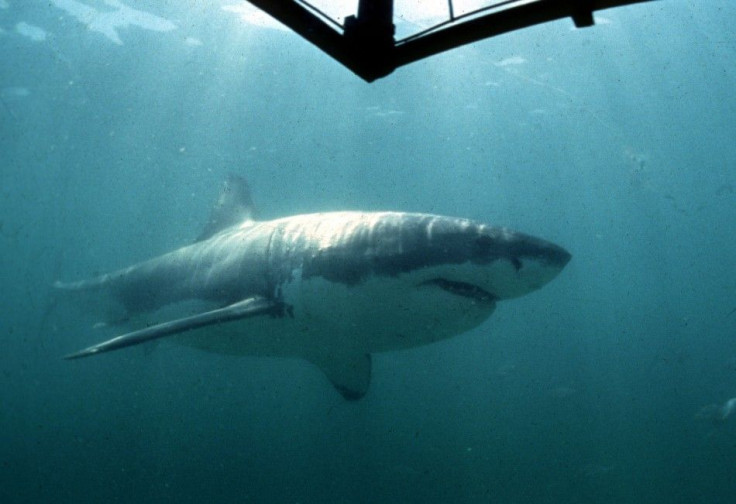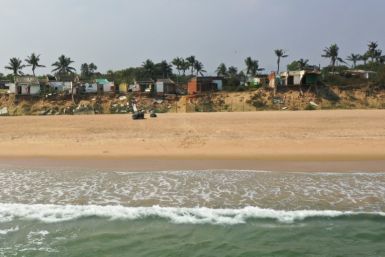Dead Megamouth Shark Discovered In Philippines; Fishermen Catch Rare Glimpse Of Animal

On Jan 29, a megamouth dead shark showed up on the Barangay Marigondon shores in the Philippines because of which several fishermen got a glimpse of it. The shark, which was a 15-foot adult, was sighted 64 times with documentation or images and that was without taking into consideration the tales of the fishermen, reported the Washington Post.
The shark was caught and preserved in ice so that a necropsy could be performed later to find the cause of death. The body of the shark would most likely go on display at the Albay Parks and Wildlife Centre in the Philippines.
A PhD student who has an interest and is studying deep-sea sharks at the University of Southampton, Christopher Bird, said that they know very little about megamouth species. He said that it wasn't discovered until 1976. He added that it was only seen when it was caught accidentally in the nets of fishermen or when it was stranded on the beach.
One of Bird's favourite shark species is the megamouth. He said that it was just the mystery behind it. Megamouths are creatures that look in the deep sea for small bits of food, plankton as well as krill. The sharks trapped the food in their jaws which looked like massive caves. It was reported that the megamouth sharks were mysterious and were rarely seen by humans, making them extremely rare.
The megamouth shark has been nicknamed "toothless" by the locals, but it is said that the sharks had an abundance of teeth which are lined in about 50 rows. The rows acted like a filter for keeping the food inside the mouth, while water was pushed out. On the upper lip of the shark, the researchers speculated that a white band was present which acts like a bio-luminescent strip that helped attract food in the dark waters.
Previously, megamouth sharks were spotted near Taiwan, the Philippines or Japan in the Pacific Ocean. Since they have been rare to spot, the estimation of the population of the megamouth sharks is not known. Even the area where most of the sharks lived is not known, said researchers.
To report problems or to leave feedback about this article, e-mail: afza.kandrikar@gmail.com.






